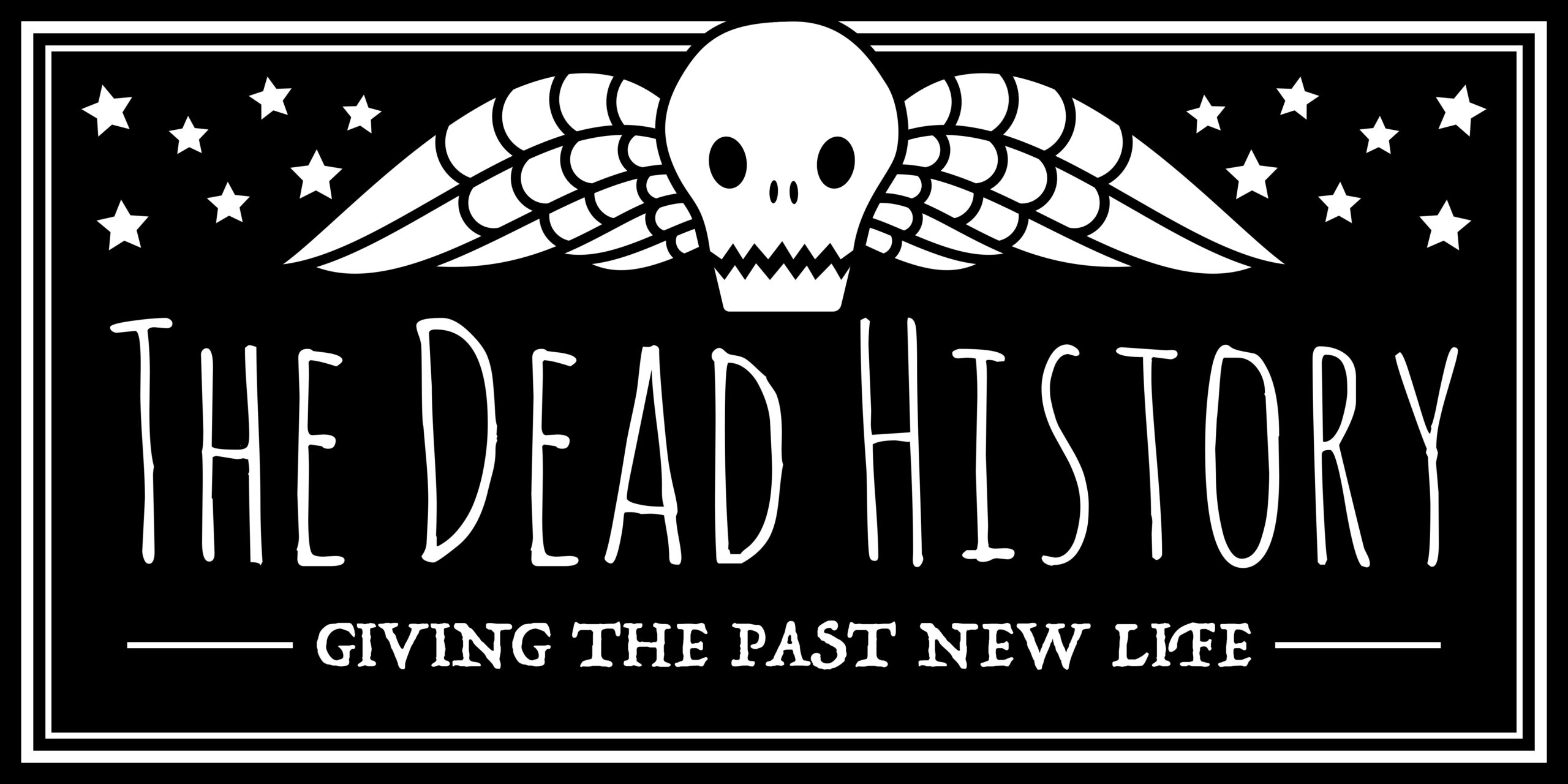On January 13, 1908, one of the deadliest fires in American history took place in a theater in the small town of Boyertown, Pennsylvania. In just a matter of minutes, over 8% of the town’s population
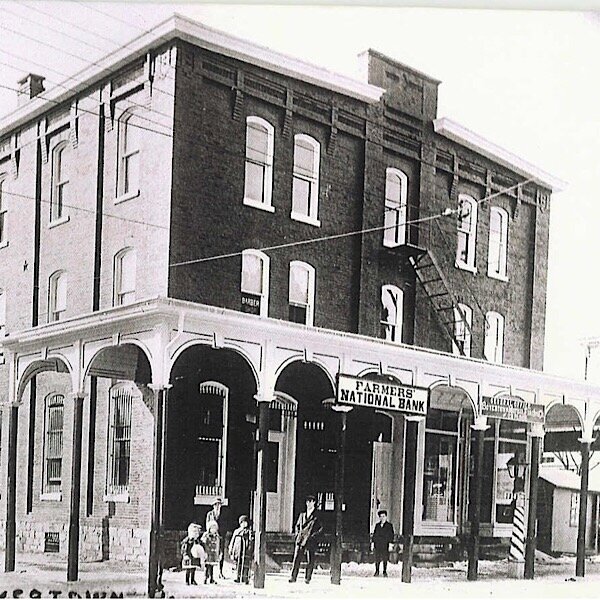
The tragedy that occurred that night would not only leave its mark on history due to the various fire safety laws that were enacted in the years to come,[mfn]1908 Pa. Opera House Tragedy Ushered in Fire Safety Rules[/mfn] but for something else. It left behind numerous reports of strange activity that continue well into the current day. Also, unlike many other haunted locations, the activity surrounding this location began to be reported immediately following the deadly event. The fire that devastated so many in Boyertown that night would prompt Pennsylvania’s first state fire law, and dozens of similar new laws across the entire United States.[mfn]Trapped in the Third Act: The Rhoad’s Opera House Fire, Boyertown 1908[/mfn]
The Evening of January 13, 1908
Constructed in 1885, by a prominent local physician named Dr. Thomas Rhoads, the three-story building held the national bank and several stores on the first floor, a large auditorium on the second floor, and meeting rooms, and a changing room on the third floor.[efn_note]Pittsburgh Post-Gazette, 15 Jan 1908[/efn_note] Connected at the rear of the building was living space for four families.
The Rhoad’s building was the most modern building in all of Boyertown, with its cushioned seats and kerosene footlights.[mfn]Pennsylvania Disasters: True Stories of Tragedy and Survival[/mfn] It was a popular meeting space for local entertainment such as plays put on by the local church. On the evening of January 13, 1908, a good portion of the town showed up for a benefit put on by Mrs. H.E. Monroe for St. John’s Lutheran Church. The event was an illustrated lecture on the Scottish Reformation including lantern views and “living pictures”.
Back then, “magic-lanterns” were used to project the images onto a screen. These projectors were connected to a gas tank and required a decent amount (usually three months) of training before someone was able to use it safely. Unfortunately, for this play, a very inexperienced 21-year-old man named Harry Fisher was hired as the projectionist. When hired he had received 2 days of training.
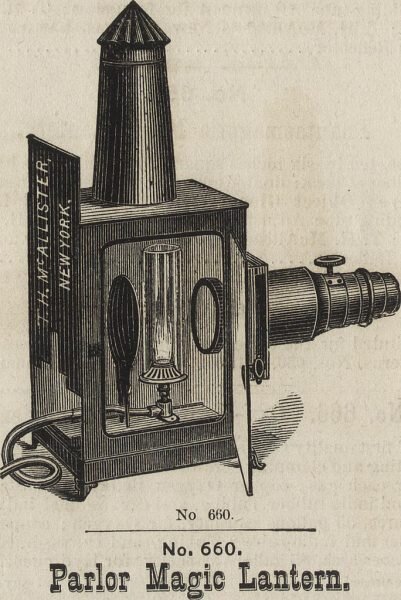
About three-quarters of the way through that night’s entertainment, during intermission, Harry Fisher changed a slide. While doing so, one of the gas lines came loose making a loud hissing sound. People in the darkened theater became startled and were trying to figure out what was going on. The actors on stage could not see out into the theater due to the curtain, and when they went to open the curtain to see what the commotion was about, they knocked over a coal-oil lamp and a kerosene footlight, starting a small fire onstage.
Panic immediately began to spread through the theater, and soon the flames reached a kerosene tank that fed the stage lights, causing what was initially a small, manageable fire to become a raging inferno. Before long the curtains, ceiling and wood-paneled walls were engulfed in flames.
Immediately people began to try and leave the theater. The majority of the audience ran for the rear exit doors, but the doors opened inward and the mass of people pushing against them made it impossible to get them open. On top of that, one of the doors was bolted shut. The fire escapes were unmarked and not easily accessible. People had to climb through windows that were three feet off the ground, making it practically impossible for women in heavy dress and young children. To make matters worse, the stairway by which people entered the theater was six feet wide at the top but narrowed to three feet at the bottom near the first-floor ticket booth.
Many people in the balcony leaped from the windows to escape, ending up with broken limbs and skulls, but in some cases, still alive. By the time the fire was put out, around 4:30 am the following morning, of the approximately 400[mfn]January 13 marks 110th anniversary of Rhoads Opera House Fire[/mfn] people in the building at the time, 170 were dead. Numerous families lost more than one person. Boyertown was blanketed in grief.
Caring For The Dead
When the townspeople were finally able to go into the charred ruins of the building, they were shocked at what they found. “Bodies were piled in one solid mass six feet high on the second floor. So solidly were they wedged that pick axes and crowbars had to be used to gently separate them.”[mfn]The Allentown Leader, 15 January 1908[/mfn]
While 29 of the bodies recovered were burned beyond recognition, most of the bodies were identifiable. The people on the scene noted that the upper halves of the bodies were charred, but the lower halves were untouched by the flames. Most of the dead were taken to the schoolhouse (now Boyertown Borough Hall) for people to come through and identify them. Others were taken to the Mansion House Hotel (Now Durango’s Saloon) where it is said that the bodies were stacked in the basement until local morticians could come and take them.
The clothing of the dead was piled in front of the burned-out building for families to look through and claim items that belonged to their loved ones. I can only imagine what a scene this must have been, and the absolute sadness that pervaded the entire town.

The New York Times published an article about the disaster the following day and noted “Many of the men who perished in the fire were employed in the Boyertown Casket Company. The
For those that are interested, there are numerous pictures of the aftermath and recovery efforts following the fire. The Thanatos Archive has many of the most graphic photos of the fire’s aftermath.
Funerals for Days
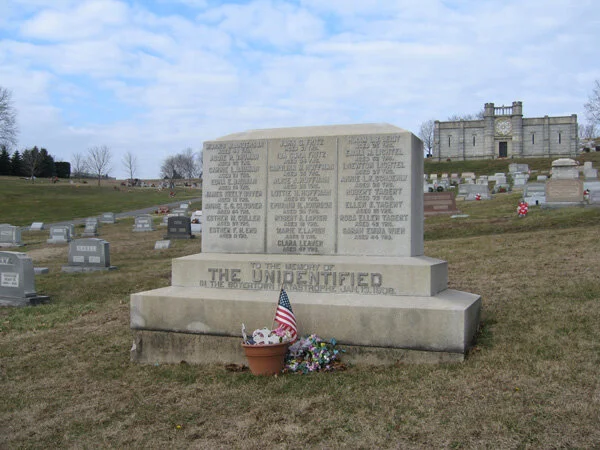
In the days following the officials hurriedly tried to make preparations to bury the dead. It is estimated that 15,000 people attended funerals in a single day. Within a matter of a couple of days over 105 new graves were dug at the Fairview Cemetery. Considering this was in January, I can’t imagine that it would have been an easy task. The local school was closed for three weeks. This was
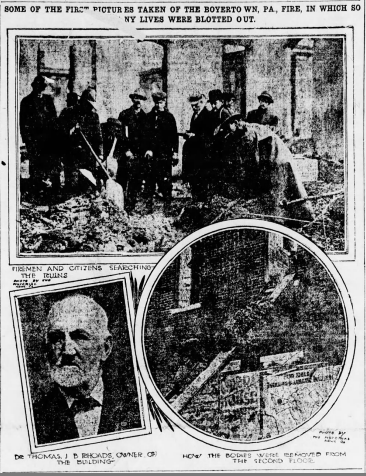
For the unidentified dead a plan was made to bury them together in an area in the cemetery and erect a monument. Each of the bodies (or parts) was placed in a coffin and each coffin was separated from the others by a brick wall. They were buried in a semi-circular arrangement. The funeral for the unidentified was held on January 18, 1908. Each coffin was carried in a
To this day a remembrance ceremony is held at the Fairview Cemetery for family members and people in general to remember those that lost their lives on that fateful day.[mfn]Boyertown ceremony honors memory of those who died in Rhoads Opera House fire[/mfn]
Specters of The Past
Within a matter of hours following the fire, police were receiving reports of strange activity. An elderly man who lost his wife had to be physically restrained from entering the smoldering ruins. He told police that his deceased wife had come to him in his home and told him that she was waiting for him inside the theater. People reported hearing screaming coming from the shell of the building. One woman who lived nearby claimed that her house was being inundated and taken over by spirits from the tragedy. While all of these reports were surely chalked up the intense grief and high emotions running through the town in the days and weeks following the event, it’s interesting to me that the stories of paranormal activity have not stopped over time.
Also, it seems the ghosts of those who perished in the fire that evening don’t just linger at the building that currently stands on the site. There are tales of nearby buildings that were used as temporary morgues having frequent ghostly activity. The Mansion House Hotel (now Durango’s Saloon) had many charred corpses stacked in its basement until they could be moved to various morgues to prepare for burial. [mfn]The Haunted Bar: Ghost living in Boyertown saloon?[/mfn]
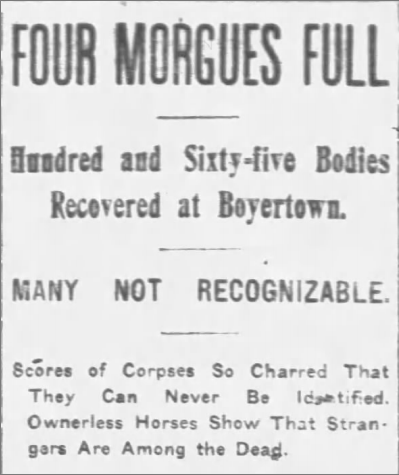
Both staff and patrons alike report eerie activity inside the building. Figures are often spotted in people’s peripheral vision, reports of feeling as if someone’s hand has brushed their hair, cases of beer being knocked over, and doors closing on their own are all common in Durango’s. I should point out that the proprietor of the Mansion Hotel, Harry Binder, was among those who died in the theater fire that night.
Not surprisingly, however, the creepier stories come from the building that now sits on the site of the Rhoads Opera House. The owner of the opera house, Dr. Rhoads vowed to rebuild shortly after the fire. The current building looks somewhat similar to that of the original opera house with one major difference. It was constructed mostly from poured concrete, making it the most fireproof building in all of Boyertown at that time.
For years the building has held various shops on the ground floor, and apartments above. For awhile the first floor was home to a realty agency. One day a woman and her five-year-old son met with one of the agents to view an apartment in the building. When the agent led them to the apartment the young boy began throwing a fit and refused to go inside. His mother calmed him down and asked him what the problem was. His response was that he was scared of all the people who were screaming and running down the stairs.[mfn]Dad’s Ghost Story[/mfn]
Another lady who lived in one of the apartments for years said that every year around the same time she would see a woman dressed in fine period clothing pass through her apartment while saying she was going to be late for the play. And the faint smell of smoke is often reported by those in the building.
So the next time you’re at a
